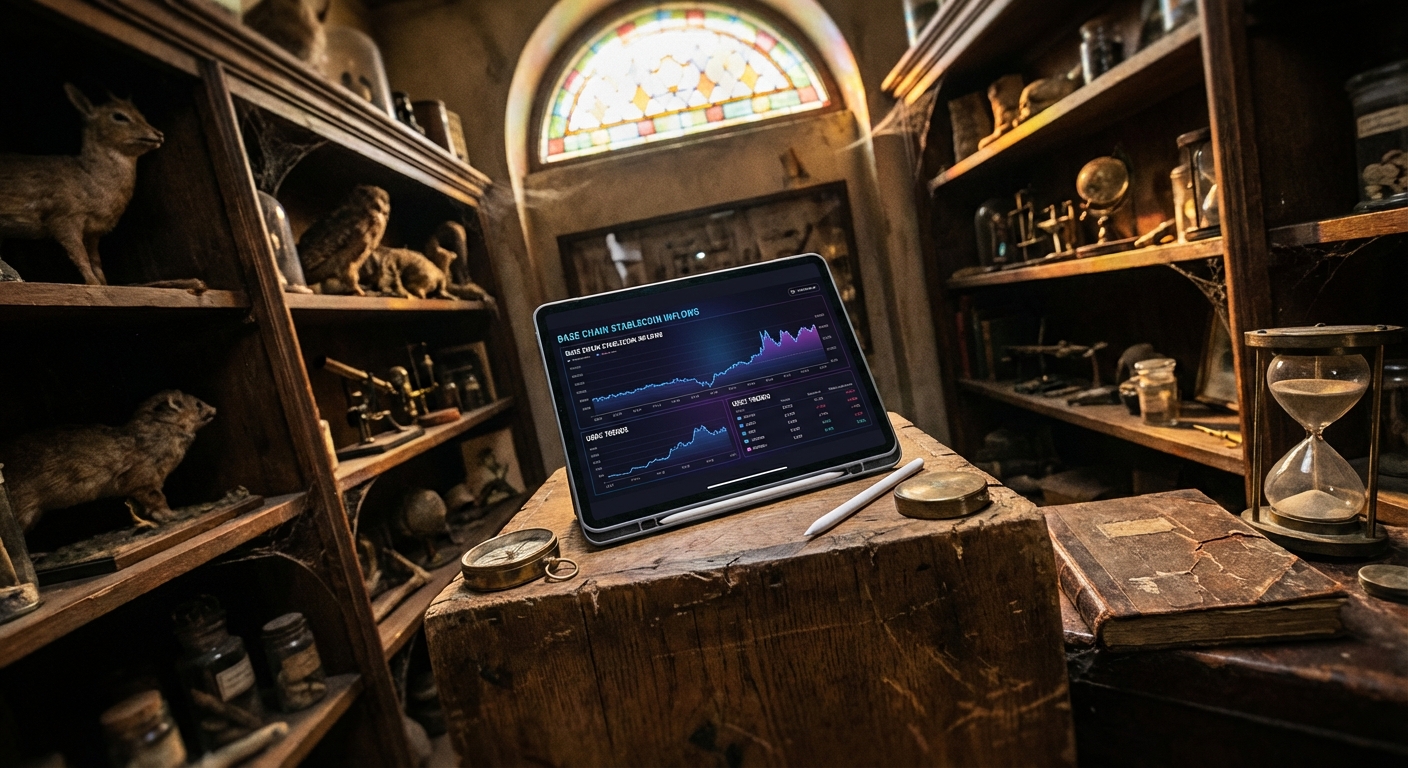
Plasma’s mainnet beta launch has detonated a liquidity bomb in DeFi, triggering a jaw-dropping $1.3 billion in stablecoin inflows within just 24 hours. With the XPL token debuting at $1.23 and trading volumes erupting across Binance and OKX, the market is buzzing with anticipation as capital floods into this new Layer 1 ecosystem.
![]()
Plasma Stablecoin Inflows: Setting a New Standard for DeFi Liquidity
This isn’t just another headline-grabbing launch. Plasma’s stablecoin inflows have already rewritten the playbook for liquidity on day one. Over 100 DeFi integrations – including powerhouses like Aave, Euler, Ethena, and Fluid – have enabled instant composability for USD₮ and USDC. The result? A network effect that magnetizes both retail users seeking zero-fee transfers and institutions chasing yield and capital efficiency.
The numbers are staggering: within 30 minutes of raising its staking cap to $1 billion, Plasma saw deposits soar past the threshold as major players like Amber Group and Spartan Group piled in (source). This is more than hype – it’s a seismic shift in how stablecoins flow across chains.
XPL Token Rockets as TVL Passes $2 Billion
The native XPL token has been on a wild ride since launch, climbing to $1.23 with a 52% surge in its first day (source). Trading volume exploded by 18,000%, while XPL quickly secured listings on Binance and OKX. All eyes are now fixed on whether this price action can hold as real utility emerges from deepening DeFi integrations.
- TVL Milestone: Plasma’s total value locked (TVL) eclipsed $2 billion within hours of mainnet going live (source)
- Zero-Fee Transfers: USD₮ transactions are now gasless across all integrated protocols
- Diverse Liquidity: USDT is leading flows, but USDC, DAI, and emerging stablecoins are rapidly gaining ground
Why This Inflow Surge Matters for Stablecoin Liquidity Trends
The sheer speed of these inflows signals an inflection point for stablecoin liquidity trends. Capital that once idled on Ethereum or Solana is now racing to Plasma for deeper yields, lower friction, and access to novel DeFi primitives built directly into the chain’s architecture. For analysts tracking DeFi stablecoin analytics, these metrics provide actionable insight into where the next wave of innovation – and alpha – will emerge.
This influx isn’t just about chasing incentives; it’s about improving capital efficiency across the entire ecosystem. By concentrating over $2 billion in TVL at launch – more than some legacy chains boast after years online – Plasma is positioning itself as the new epicenter for cross-chain liquidity routing and high-frequency trading strategies.
With $1.3 billion in stablecoin inflows in 24 hours, Plasma isn’t just making headlines – it’s forcing every major DeFi protocol and liquidity provider to recalibrate. The zero-fee USD₮ transfer model is already sparking copycat conversations across rival chains. Meanwhile, the sheer density of liquidity on day one has enabled instant price discovery and slippage-free trades for even the largest whales.
But what truly sets Plasma apart is how this surge is being distributed: not just among blue-chip protocols, but also into emerging DeFi primitives that are native to the chain. Early analytics show a healthy split between lending markets, DEXes, and experimental yield farms – a sign that capital isn’t just parking for incentives, but actively searching for new opportunities.
DeFi Stablecoin Analytics: Where Does the Liquidity Go Next?
The next phase for Plasma blockchain stablecoins will be all about sustainability. Will these inflows stick? That depends on two things: continued zero-fee transfer incentives and whether novel DeFi apps can keep users engaged beyond the initial hype cycle. If early TVL leaders like Aave and Ethena can retain their share while smaller protocols grow, expect Plasma’s stablecoin dominance to expand rapidly.
Top 5 DeFi Protocols by Stablecoin TVL on Plasma
-

Aave: As a leading lending protocol, Aave quickly amassed the highest stablecoin TVL on Plasma post-launch, leveraging its deep liquidity pools and institutional integrations.
-

Euler: Euler stands out for its innovative risk management and permissionless lending, securing a top spot in stablecoin TVL on Plasma within 24 hours.
-

Fluid: Known for capital-efficient stablecoin swaps, Fluid attracted significant inflows on Plasma, benefitting from zero-fee USDT transfers.
-

Ethena: Ethena rapidly grew its TVL on Plasma, offering synthetic dollar solutions and drawing users seeking stability and yield.
-

Curve Finance: The established stablecoin AMM, Curve Finance, saw robust adoption on Plasma, cementing its role in stablecoin liquidity provisioning.
For stablecoin watchers, this event is a case study in how infrastructure upgrades can instantly shift crypto liquidity indicators. When staking caps are lifted and composability is seamless, capital moves at breakneck speed – especially when institutional players like Amber Group are first through the door.
The market has responded with conviction: XPL’s price at $1.23 reflects both speculative momentum and real demand for utility within this new ecosystem. Volatility will remain high as the token finds its equilibrium – but with over $2 billion in total value locked and integrations multiplying daily, Plasma has already set a new baseline for what an L1 launch can achieve.
The Bottom Line: Watch These Crypto Liquidity Indicators
If you’re tracking stablecoin inflows 24 hours, keep your eyes glued to these metrics:
- XPL Price Stability: Is $1.23 the new floor or just a pit stop?
- TVL Growth Rate: How fast does Plasma cross $3 billion TVL?
- Diversification of Stablecoins: Does USDC catch up to USDT flows?
- User Retention: Are retail users sticking around once incentives normalize?
The coming weeks will reveal whether Plasma’s explosive debut marks a true paradigm shift or simply sets the stage for even fiercer competition among L1s chasing stablecoin supremacy. One thing’s clear: capital goes where it’s treated best – and right now, that place is Plasma.






